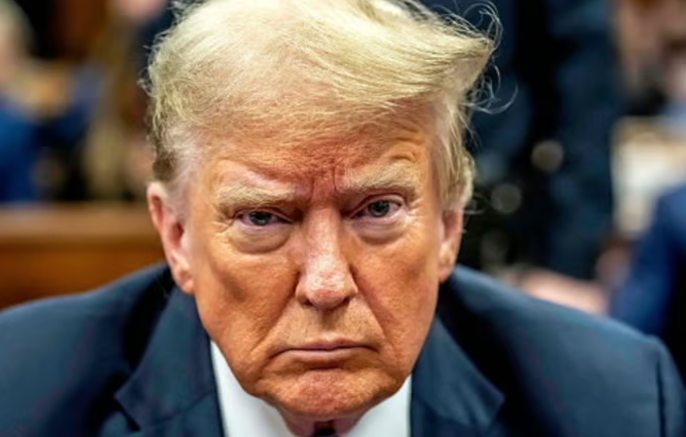In a rare display of bipartisanship, Democrats have expressed openness to engaging with certain policies and appointments initiated during the Trump administration. This unexpected willingness comes as lawmakers from both sides of the aisle seek to prioritize common goals over party divisions amid mounting national challenges.

Key Areas of Potential Collaboration:
Healthcare Reform:
Democrats have shown interest in refining elements of Trump-era healthcare proposals, particularly those aimed at reducing prescription drug prices and improving rural healthcare access. While substantial differences remain, bipartisan discussions are seen as a positive step forward in addressing pressing healthcare issues.
Infrastructure Development:
Investments in America’s infrastructure, a recurring theme during the Trump administration, continue to gain traction. Democratic leaders have expressed support for expanding public-private partnerships and modernizing critical infrastructure, such as bridges, highways, and broadband access in underserved communities.
Economic Recovery and Job Creation:
Both parties recognize the need to address economic disparities exacerbated by the pandemic. Democrats have indicated openness to revisiting aspects of Trump-era tax incentives for small businesses, provided safeguards are added to ensure benefits reach workers and underserved areas.
National Security and Defense:
In areas like cybersecurity and defense modernization, Democrats are backing initiatives that align with bipartisan goals to strengthen U.S. resilience against emerging threats. Collaborative efforts are underway to assess programs launched during the Trump administration for their long-term viability.
Challenges Ahead:
Despite this willingness to cooperate, significant ideological differences remain. Issues such as environmental regulations, immigration policies, and voting rights reforms continue to create deep divides. However, political analysts suggest that fostering bipartisan dialogue on less contentious topics could lay the groundwork for broader collaboration in the future. This newfound openness could signal a shift in the political landscape, emphasizing problem-solving over partisanship. As both parties navigate the complexities of governing in a polarized environment, their ability to work together on shared priorities will be closely watched by the American public.



